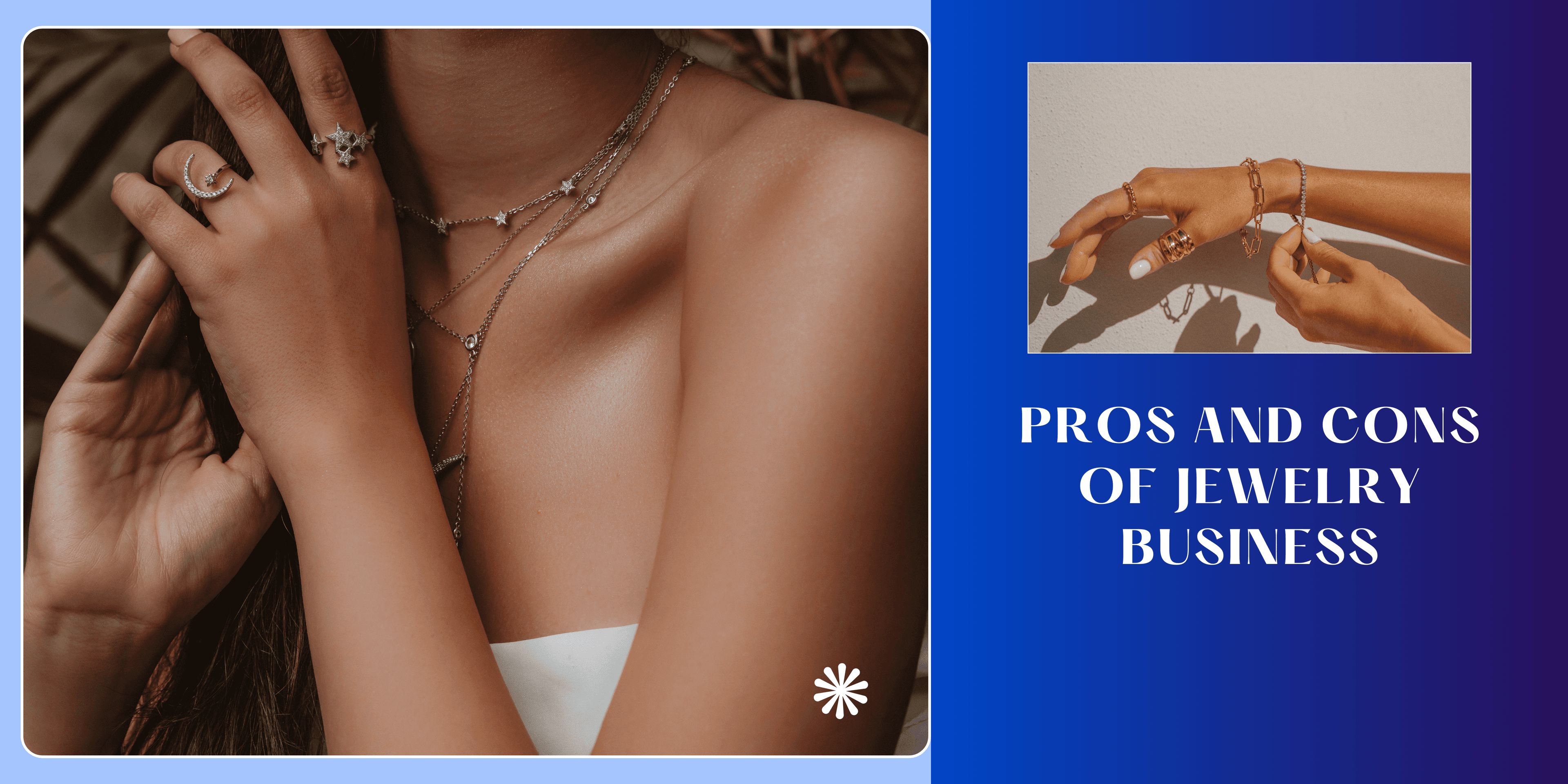
As a jewelry store owner, finding reliable suppliers with competitive prices is essential for your business. Getting this right can significantly boost your profits. However, it is hard to determine which jewelry vendors you should work with before actually doing business with them. This comprehensive guide will walk you through the essential steps to successfully navigate the world of wholesale jewelry purchasing and retail selling.
Finding a Trustworthy Jewelry Wholesaler
A successful jewelry retail business is built upon a network of trustworthy wholesale suppliers. Selecting your suppliers is important and requires due diligence. Start by checking their reviews on reputable jewelry industry platforms and social media groups. Jewelers’ groups on Facebook such as "Jewelers Helping Jewelers" can be very insightful, but always keep in mind that peoples’ opinions are personal. Feel free to ask potential suppliers for references from other retailers they work with. A reputable wholesaler should be able to provide these without hesitation. Additionally, verify if the company regularly attends major jewelry conferences such as JCK. Their presence at these events can be a good indicator of their standing in the industry and provides an opportunity for you to meet them in person. Building a strong relationship with your suppliers can lead to better pricing and exclusive deals in the future. But remember, a good supplier will bring you reliability, quality, and consistency in their service, so it is not all about price.
Compare Wholesale Jewelry Companies
Once you have identified potential suppliers, you need to evaluate and compare them. When buying jewelry at wholesale prices, you have to consider the following factors:
• The product quality: make sure to evaluate the quality of the craftsmanship and the materials used.
• The variety: make sure they offer a diverse range of styles to meet all of your customers' needs.
• The pricing: compare prices across suppliers, but remember that the lowest price is not always the best deal. Other components have to be factored in.
• The payment terms: see if they offer flexible options like memo (pay only for what you sell after a set period, usually 45 days) or consignment (especially useful for estate jewelry).
• The minimum order requirements: make sure their minimum order quantity aligns with your budget and inventory needs.
• The shipping policies: consider the shipping costs and delivery times. It can be beneficial to find a supplier geographically close to you. This can reduce shipping times and costs, and potentially allow for in-person meetings or pickups.
• The customer service: responsive and helpful customer service can make a big difference in your daily operations.
To simplify your decision making, create a comparison chart scoring the factors listed above for each potential supplier. A visual aid can help you quickly identify the best wholesalers.
Compare Wholesale Prices
Before making any wholesale purchases, the first step is setting a clear budget. Analyze your cost of goods sold (COGS) and potential profit margins for different pieces. Consider using jewlery softwares like CaratIQ or spreadsheets to track expenses and develop pricing strategies that align with your target market.
Your goal is to find a middle ground where you can offer competitive prices to your customers while maintaining healthy profit margins. Do not forget to factor in additional costs like shipping, packaging, and any potential marketing expenses when setting your retail prices.
Best Jewelry Inventory Strategy
The key to running a successful jewelry retail business is to minimize the amount of capital you tie up in inventory. This helps maintain your liquidity and reduces your exposure to the market value of your inventory e.g. gold and diamond prices.
Focus on purchasing fast-selling items and use memo agreements for slower-moving pieces. This strategy allows you to offer a wide range of pieces without taking big inventory risks. Use inventory management software like CaratIQ to monitor which items sell quickly and which tend to linger so you know what and how much to order.
CaratIQ can track both incoming and outgoing memo orders, helping you optimize inventory levels and manage return deadlines and. CaratIQ also streamlines the jewelry purchasing process by automatically generating purchase orders from your POS system and tracking your outstanding balances with each vendor. CaratIQ’s ability to print tags and immediately add newly purchased items to your inventory saves valuable time and reduces errors.
Familiarize Yourself with Jewelry Trends
Staying updated on current jewelry trends and consumer preferences is helpful when deciding what jewelry pieces to buy from wholesalers. This knowledge helps you select products that are likely to sell quickly. To stay informed, follow relevant social media platforms, attend trade/jewelry exhibitions, and subscribe to industry publications. Remember to balance your inventory by also keeping classic styles that have timeless appeal.
Learn More About Jewelry
Educating yourself about different types of jewelry, materials, and craftsmanship is an ongoing process that will serve you well in your business. Consider attending international jewelry conferences to connect with global suppliers and gain insights into different markets and styles. These events can be excellent opportunities to discover unique pieces and to build relationships with suppliers from around the world.
Conclusion
Successfully buying jewelry at wholesale prices and selling it at retail prices requires a combination of research, strategic planning, and ongoing education. By finding trustworthy suppliers and managing your budget, you can build a thriving jewelry retail business.
Remember to leverage tools like CaratIQ to streamline your inventory management and purchasing processes. This can save you time and help you make informed decisions about what to buy and when.
Read Also:
Tax Deductions for Jewelry Businesses
Everything you need to know about insurance for your jewelry businesses

You may also like
View all

